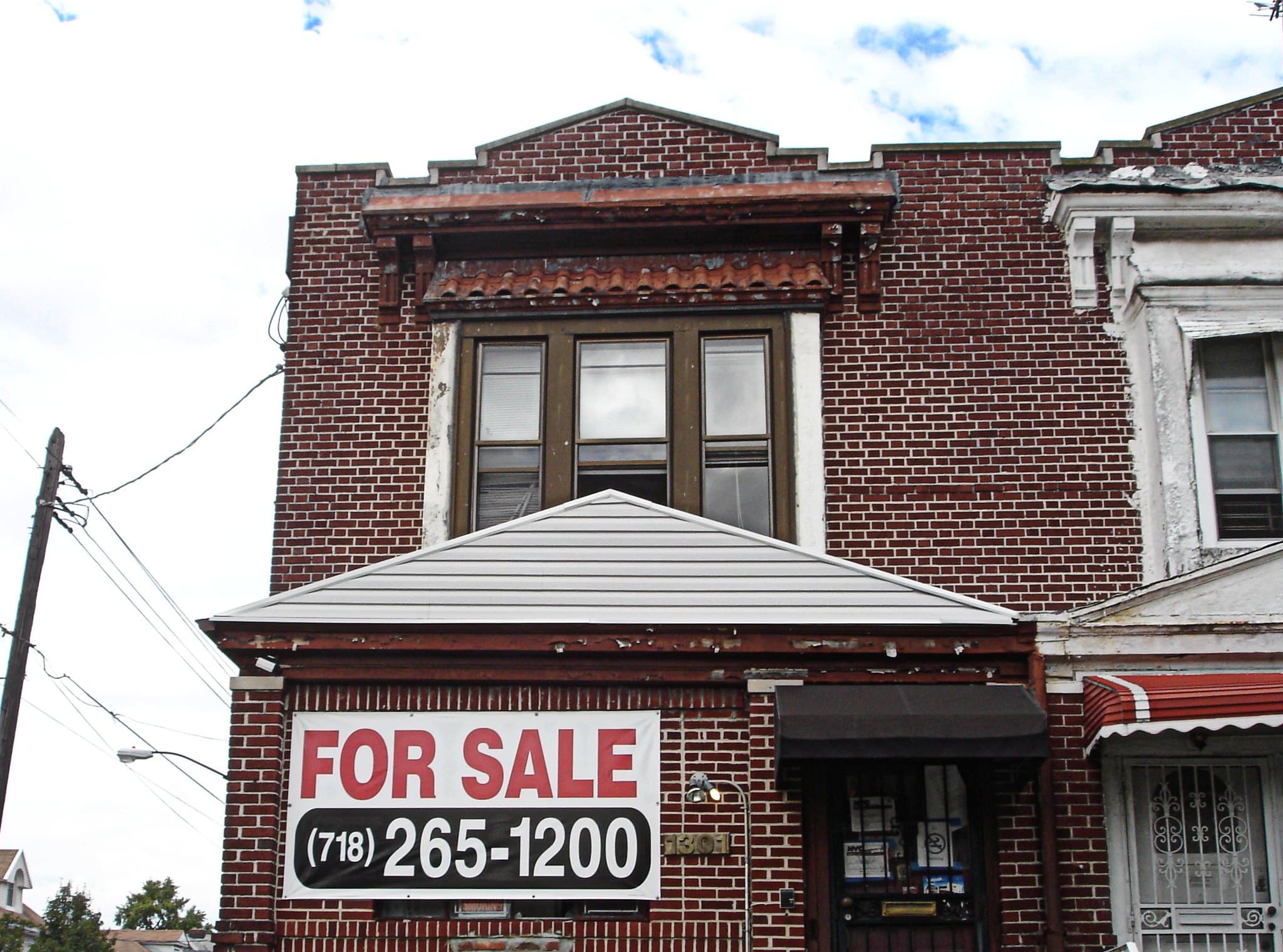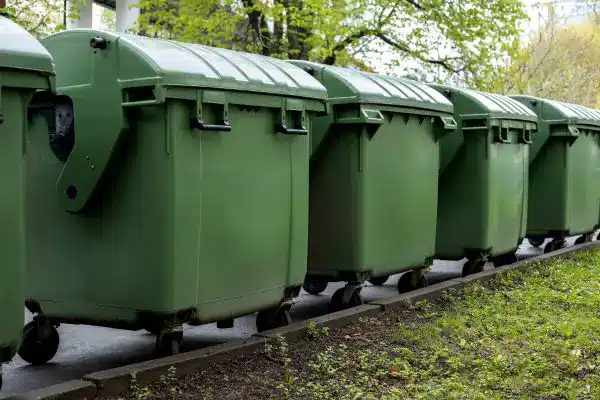How to Handle Excess Belongings When Moving to a Smaller House?
Moving to a smaller house can be a challenging task, especially when it comes to handling excess belongings. Downsizing your living space requires careful planning and decision-making to ensure you only take what you truly need. This process not only helps in decluttering your life but also makes the transition to a smaller home smoother and much more manageable.
In this guide, we’ll cover practical steps to handle excess stuff, making your move as efficient and stress-free as possible.
Assessing Your Belongings
This is, by far, the most important part! Moving to a smaller house can be a daunting task, but with the right approach, it can also be a chance to declutter and simplify your life. Here’s a step-by-step guide to help you assess your belongings effectively.
Taking Inventory
Start by making a detailed list of all your items. Go room by room and write down everything you own. This helps you get a clear picture of what you have and what you might not need.
Categorizing Items
Next, sort your belongings into categories: keep, sell, donate, and discard. Be realistic about what you actually use and need. If something hasn’t been used in the last year, it’s probably safe to let it go.
Evaluating Necessity
Consider how necessary each item is for your new home. Think about how often you use it and whether it will fit comfortably in your smaller space. Items that are rarely used or have no practical use should be the first to go.
Measuring and Planning
Measure the dimensions of your new home and compare them with the size of your larger items. This will help you determine what furniture and larger items can be accommodated. This step prevents the frustration of moving items that won’t fit.
Planning for Sentimental Items
Sentimental items can be the hardest to part with. Try to limit these to a manageable number. Consider creating a digital archive of photos and memories or keeping a small memory box with your most cherished items.
By systematically assessing and categorizing your belongings, you can ensure a smooth transition to your smaller home. This approach not only helps in managing space but also makes your new living environment more comfortable and organized.
Storing Valuables
When moving to a smaller house, it’s crucial to find a secure place for items you can’t part with but don’t need daily. Here are some effective strategies for storing your valuables.
Choosing a Storage Unit
Renting a storage unit is a practical solution for keeping your important items safe. Look for a facility that offers various unit sizes, so you can choose one that fits your needs. Consider climate-controlled units to protect sensitive items from extreme temperatures and humidity. Many storage facilities also offer insurance options for added peace of mind.
10 Tips for Choosing the Right Storage Unit
- Determine the Size You Need: Assess the volume of items to decide the appropriate unit size. Consider future storage needs as well.
- Consider Climate Control: If you’re storing sensitive items like electronics or antiques, choose a climate-controlled unit to prevent damage from temperature and humidity.
- Check Security Features: Ensure the facility has robust security measures such as surveillance cameras, gated access, and on-site staff.
- Evaluate Accessibility: Look for a facility that offers convenient access hours and ground-level units for easy loading and unloading.
- Location Matters: Choose a storage facility that is conveniently located, either close to your home or along your regular travel routes.
- Inspect Cleanliness and Maintenance: Visit the facility to check for cleanliness and proper maintenance. A well-maintained facility is likely to better protect your belongings.
- Compare Prices and Contracts: Shop around for competitive pricing. Review the contract for hidden fees and understand the terms before committing.
- Read Reviews and Testimonials: Check online reviews and ask for testimonials from current or past customers to gauge the facility’s reputation.
- Inquire About Insurance: Ensure your items are insured either through the storage facility or your homeowner’s policy. Verify what is covered.
- Ask About Additional Services: Some facilities offer extra services such as moving truck rentals, packing supplies, or assistance with heavy items. These can add convenience and value.
Letting Go of Non-Valuables
Moving to a smaller house means making tough decisions about what to keep and what to part with. Here’s how to handle items that don’t make the cut:
Selling Unnecessary Items
One effective way to manage your excess belongings is by selling them. This not only helps you declutter but also provides extra funds for your move.
- Online Marketplaces: Platforms like Facebook Marketplace and Craigslist are great for selling items quickly. Take clear photos and write detailed descriptions to attract buyers.
- Garage Sales: Host a garage sale to get rid of multiple items in one go. Advertise locally to draw in more people. Plus, garage sales can serve as a farewell gathering with neighbors, making it a social event as well.
- Consignment Shops: For higher-value items like clothing, jewelry, and antiques, consider consignment shops that can sell on your behalf.
Donating to Charities
Donating items to charity is a great way to give back to the community while decluttering your home. Many organizations will even pick up items directly from your house.
- Local Charities: Find local non-profits and donation centers that accept clothes, furniture, and household items.
- Shelters and Community Centers: Many shelters need supplies like clothing, blankets, and non-perishable food items.
- Donation Drives: Participate in donation drives to help those in need.
Giving to Family and Friends
Sometimes, friends and family members can make good use of items you no longer need. Offer these items to them before deciding to sell or donate.
Recycling and Disposing
For items that are no longer usable or can’t be sold or donated, proper disposal is important. Recycle what you can and dispose of the rest responsibly.
Settling into Your New Home
Downsizing to a smaller home can be a rewarding process that allows you to declutter and simplify your life. By thoughtfully managing your possessions and making strategic decisions about what to keep, sell, donate, or store, you can transition smoothly and create a comfortable home with everything you truly need.







